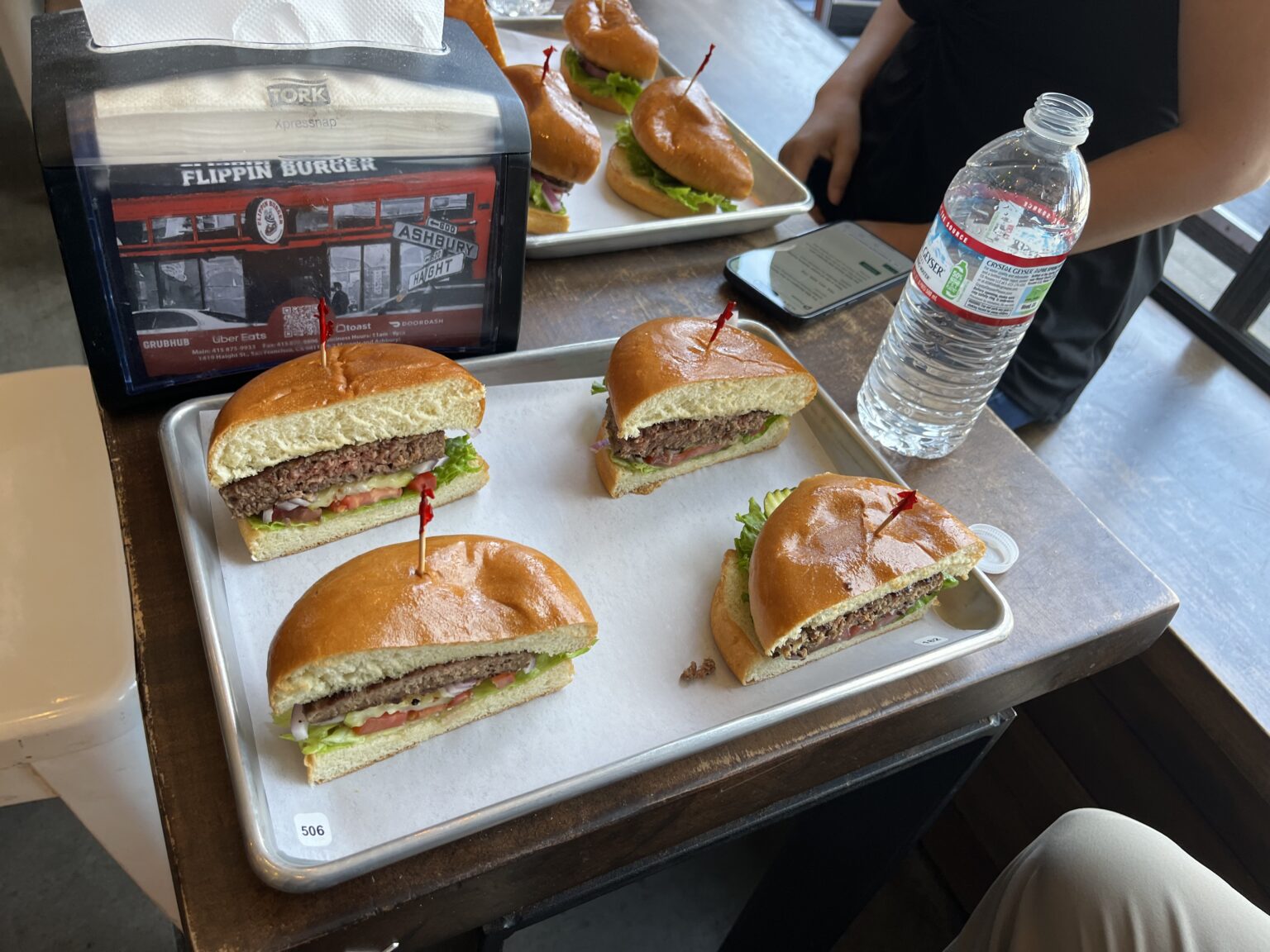

University of Guelph researchers create more sustainable plant-based meat
A simpler, more sustainable way to make plant-based meats with the all-important 'meaty' texture of steak or chicken has been developed by food scientists at the University of Guelph (U of G) in Ontario, Canada.
Employing a 'mechanical mouth' lab setup and waste corn protein, the team has found a potentially cheaper and easier alternative to expensive, high-pressure equipment and processes currently used to make textural fibres in plant-based meats.
Using this new method, producers can make meat-like analogs that mimic the chewy texture and 'mouth-feel' of beef or chicken without the costs and complications of current techniques, said Dr Alejandro Marangoni, Professor in the Department of Food Science within the Ontario Agricultural College.
Those sensory properties are vital for consumers of plant-based products, including plant-based meats, whose sales grew by nearly 50% between 2019 and 2020 but have since stalled. Besides lack of textural qualities, high prices for plant-based alternatives have turned off consumers, said Marangoni.
“Meat analogs are still extremely expensive compared to meat,” he said. Processing costs, including equipment and energy use, mean that some alternatives cost twice as much as farm-raised meats.
The team describes the research in a paper published this summer in the journal Innovative Food Science and Emerging Technologies.
Marangoni said plant-based meats need to more closely mimic the texture and taste of meats such as beef or chicken.
His lab had begun looking at zein, a protein in corn gluten left over after making corn starch or corn oil and that is currently used in animal feed. (Zein is also used in making plant-based cheeses, another research interest of the Marangoni lab – although the U of G team uses other proteins for its cheese studies.)
Although the protein lacks nutritive qualities, it provides structure. Mixed with starches and pea protein, zein lined up in U of G lab experiments like the stringy fibers that lend meat its characteristic chewy texture.
“Zein produces fibers that provide a scaffold to give a sense of biting into tissue,” said Marangoni. “Can we exploit its fiber-making properties to make fibers in meat analogs?”
To answer that question, the team 'fed' prepared samples to a lab benchtop device whose up-and-down compression controlled by computer mimics chewing action. That mechanical mouth allowed the researchers to test for chewiness and other textural properties.
In their paper, the researchers said that the process using zein holds promise for a new way to impart structure to meat analogues.
“We’ve developed a technique that uses simple, sustainable technology with the potential to bring new plant-based foods into the world,” said Stacie Dobson, a PhD student in Marangoni’s lab.
Besides improving food texture, the research might offer environmental benefits.
Agriculture, and specifically food, accounts for more than one-quarter of greenhouse gas emissions (GHGs), with animal-based products contributing most of those emissions, according to the new paper.
“GHG emissions will continue to rise due to the growing population and demand for food,” wrote the U of G researchers along with collaborators at Lakehead University and the Canadian Light Source (CSL) in Saskatchewan.
Team members say their method with its less expensive processing costs could ultimately lower food prices and offer healthier choices for consumers.
The researchers hope producers of plant-based foods will investigate their new process for making meat substitutes, including improving manufacturing methods and boosting production of zein to further reduce supply costs.
Dobson said producers would also need to work on introducing appropriate flavours to the products, whose taste is another key attribute for consumers.
“We’re not flavour scientists,” she said. Adding that she tried seasoning the products made in the U of G lab, she said the browned meat substitute tasted “like a piece of meat. Depending on the textural properties, it’s like cooked chicken or beef.”
They also examined their meat analogues using the national synchrotron light facility at the CLS in Saskatoon. There, high-energy light beams effectively allowed the team to “see” the zein fibres in their samples.
Dobson completed undergraduate and master’s studies at U of G and attended culinary school between her degrees. She said developing plant-based products is vital for various reasons, including sustainability, human health and animal welfare.
“If we can create alternatives with the desired properties, it will absolutely encourage people to consume more plant-based foods,” she said.
This research was supported by funding from the Natural Sciences and Engineering Research Council of Canada.
If you have any questions or would like to get in touch with us, please email info@futureofproteinproduction.com






